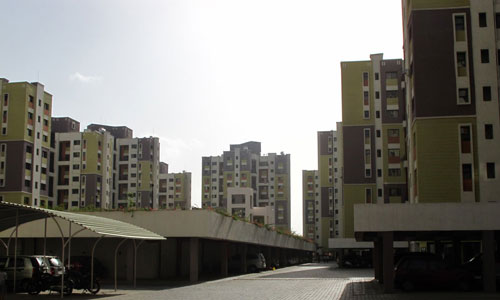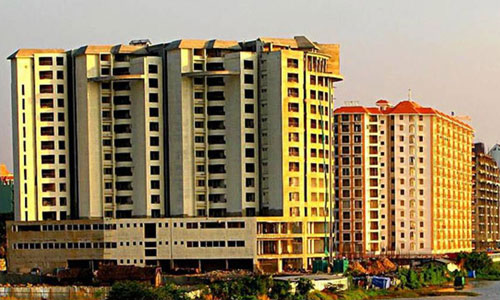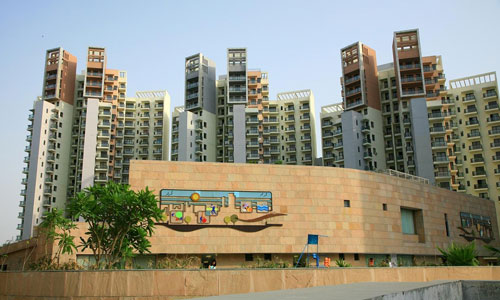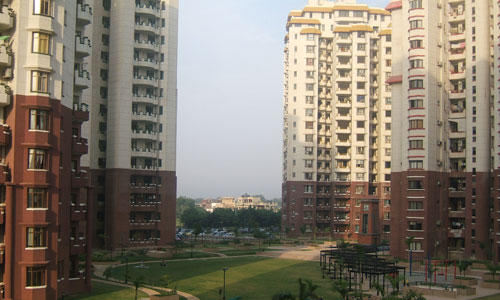
Indian real estate sector outlook for 2012: Fitch Ratings
Fitch Ratings’ outlook for 2012 for the Indian real estate sector is negative due to weak overall demand and higher construction costs, which are likely to continue to squeeze margins.

Fitch Ratings’ outlook for 2012 for the Indian real estate sector is negative due to weak overall demand and higher construction costs, which are likely to continue to squeeze margins.

Indian developers will borrow about $1 billion from private equity funds this fiscal year at rates higher than banks, which are cutting loans to builders, Knight Frank assessment suggests.

Cumulative take-up across India‟s seven largest cities increased by a modest 8% year-on-year (y-o-y) in 2011.

With the market set to bottom by out by the second quarter of 2012, we will see the beginning of a recovery in the city’s residential real estate fortunes by the second half of the year.

The combined net debt of India’s 11 listed developers rose 15 percent in the 12 months through June to 385 billion rupees, according to Mumbai-based Edelweiss Securities Ltd.

In all markets around the globe, challenging market conditions – whilst painful at the time – do have a beneficial long-term impact on the market in that they sort out the ‘wheat from the chaff’.

Macro level forecast suggests Asia in general, and China and India in particular, will continue to attract foreign direct investment (FDI) despite the slowdown as Europe and the US continue to grapple with economic problems of their own.

Market report has it that commercial realty is continuously going into red. A Report by the Royal Institution of Chartered Surveyors (RICS) suggests Indian commercial property market has lost momentum in Q3 with the capital values turning negative for the first time since 2009.

Amidst the turbulence of many of the world’s largest economies, particularly in western markets such as the US and European economies, the broader macro economic outlook in Asia is encouraging.

Analysts believe that further price correction may not happen in the metros and suburbs due to the holding capacity of the bigger developers, but lack of funding options may force some standalone local builders to drop prices.
